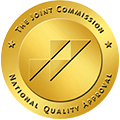 Addiction involves intense craving, complete loss of control over the use of substances, and continued use despite adverse consequences. Decades of research has confirmed that addiction does in fact change the circuitry of the brain, first by subverting the way it registers pleasure and then by disrupting other normal drives such as learning, memory, and motivation. Although breaking the cycle of addiction is difficult, it can and is possible. With help, it is possible for the addicted brain to heal and reestablish equilibrium.
Addiction involves intense craving, complete loss of control over the use of substances, and continued use despite adverse consequences. Decades of research has confirmed that addiction does in fact change the circuitry of the brain, first by subverting the way it registers pleasure and then by disrupting other normal drives such as learning, memory, and motivation. Although breaking the cycle of addiction is difficult, it can and is possible. With help, it is possible for the addicted brain to heal and reestablish equilibrium.
The way human beings learn to survive is based on a complex reward system that exists in the neurocircuitry of the brain. When we engage in some activity that helps our survival, like eating, having sex, exercising, etc., the brain’s limbic system alerts the brain by rewarding us for this behavior through the release of dopamine. Dopamine is a neurochemical that produces a sense of pleasure and reward. Since this reward feels good, we quickly learn to repeat the rewarded behavior so that we can continue to experience the sense of pleasure that it yields.
Various chemical substances (i.e. drugs and alcohol) can enter the limbic system (aka the reward center in our brains) in a variety of ways, but it is important to note that all abuseable substances cause the brain to release extremely high levels of dopamine. This release of dopamine can range anywhere from 2 to 10 times the amount of dopamine the brain is typically accustomed to processing, thus resulting in the intense “rush” or “high” often experienced by users.
Because of this powerful release of dopamine and its subsequent impact on the brain’s reward system, substance users’ brains learn very quickly to repeat the behavior (substance use) as it has activated the pleasure, learning, and memory centers of the brain. Substance users learn to continue and increase their use of the substance over time in the same way one learns to eat, reproduce, breath, or exercise, but even quicker and with much more intensity, since the release of dopamine is so much larger. Because the amount of dopamine released after using certain substances is so significant, the brain begins to have difficulty reestablishing a normal chemical balance after the effects of the substance wear off. This produces what we typically think of as a hangover, or in other cases withdrawal symptoms from a substance. These withdrawal symptoms can range anywhere from physical pain, depression, anxiety, confusion, convulsions, and even dangerous behavior. These symptoms can vary based on the substance, type and length of use, and quantity of use over time.
Prolonged use of a substance can actually change the physical make-up of the brain and cause the brain to stop producing as much dopamine as it normally does without the substance. This creates further withdrawal, leading to physical dependency. In other words, the addicted individual ultimately needs to use more of the substance simply to feel “normal”, thus creating a vicious cycle of addiction that can be difficult to break.
Because of this neurological learning process and growing physical dependence on a substance, the substance user becomes dependent on the drug, feeling as though he or she needs it in order to survive. As a result, the abuser loses total control over his or her use of the substance. Use of the substance becomes even more important than our most basic survival functions like eating, sleeping, breathing, and reproducing. Substance use IS survival for the addicted person due to the drastic neurological changes that have taken place in the reward, learning, and memory centers of the brain.
According to the disease model of addiction now endorsed by the American Medical Association and all other major medical and psychiatric organizations, the brain’s learning and reward motivational centers become altered and reorganized. The priorities of the addicted individual become rearranged so that finding and using the substance becomes the brain’s top priority. In other words, the substance has high jacked the brain, and the addicted person is no longer in control of his or her behavior in many ways. The urge to continue using despite horrific consequences is quite literally irresistible.
The good news is that the human brain has a remarkable capacity to heal, rewire, and reestablish balance with training, support, and through learning new behaviors. With the help of treatment, therapy, support groups, in some cases psychotropic medications, while taking a holistic approach when addressing the disease of addiction, addicted individuals can and do recover. Approaches like CBT, behavioral modification, and skills training are particularly effective when helping the addict to recover while rewiring the brain to once again find balance.


